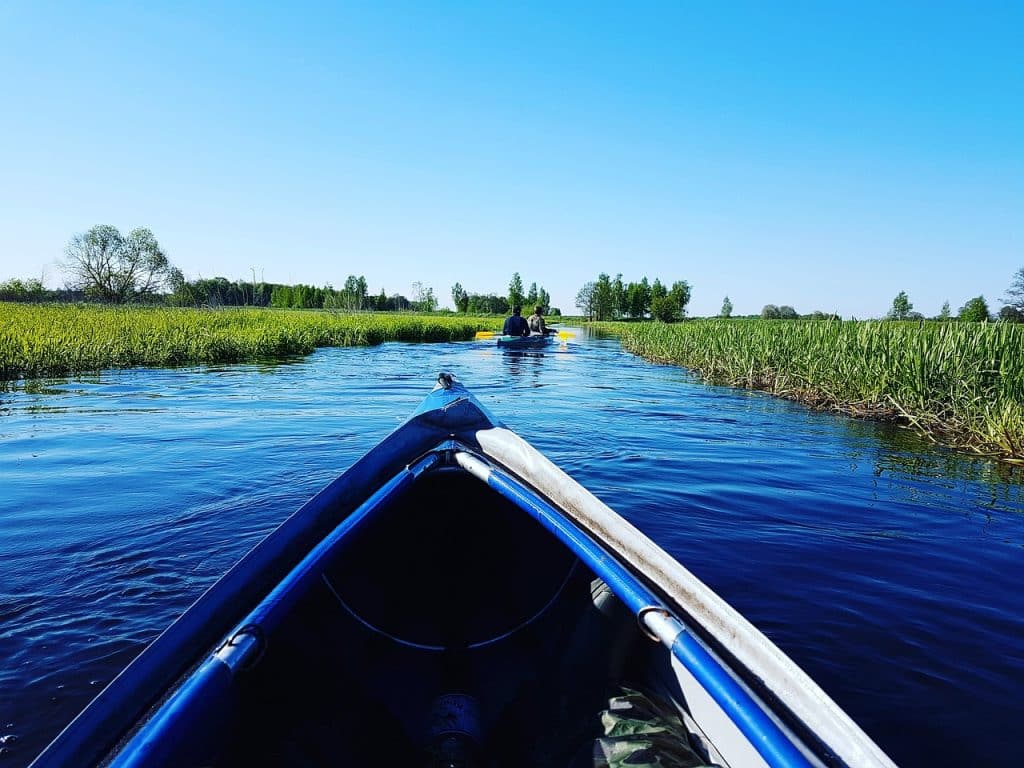Eco-Friendly Paddling: Preserving Our Waterways

In a world increasingly aware of the environmental impact of outdoor activities, eco-friendly paddling has become a crucial practice for those who love to explore rivers, lakes, and oceans by kayak. By adopting sustainable habits, paddlers can minimize their footprint and help preserve the natural beauty of our waterways for future generations. Here’s how you can contribute to this effort through responsible kayaking practices, from adhering to Leave No Trace principles to engaging in wildlife conservation efforts.
Leave No Trace Principles: Applying Them to Kayaking
The Leave No Trace Center for Outdoor Ethics outlines seven principles designed to promote conservation in the outdoors. Here’s how they can be adapted for kayaking:
- Plan Ahead and Prepare: Research the waterway you plan to visit. Understand the local regulations, obtain necessary permits, and prepare for conditions to minimize impact.
- Travel and Camp on Durable Surfaces: Stick to established paddling routes and use designated areas for launching, landing, and camping.
- Dispose of Waste Properly: Carry out all trash, leftover food, and litter. Use biodegradable soap for cleaning and ensure all wastewater is disposed of 200 feet from waterways.
- Leave What You Find: Preserve the past; do not touch cultural or historic structures and artifacts. Leave rocks, plants, and other natural objects as you find them.
- Minimize Campfire Impacts: Where fires are permitted, use established fire rings, keep fires small, and burn all wood to ash. Extinguish fires completely.
- Respect Wildlife: Observe wildlife from a distance. Do not follow or approach them, and never feed animals.
- Be Considerate of Other Visitors: Respect other users of the waterways. Be quiet and courteous, yielding to other users as appropriate.
Wildlife Encounters: Observing Responsibly
Encountering wildlife is one of the joys of kayaking, but it’s vital to do so responsibly:
- Keep a Safe Distance: Use binoculars for a closer look and avoid approaching too closely, which can stress animals.
- Avoid Sensitive Times: Be extra cautious during mating, nesting, and birthing seasons when animals are most vulnerable.
- Do Not Feed Wildlife: Feeding animals can alter their natural behaviors, make them dependent on humans, and lead to health problems.
- Move Slowly and Quietly: Sudden movements and loud noises can frighten animals. Move slowly and speak softly to minimize your impact.
Conservation Efforts: How Paddlers Can Get Involved
Many organizations work to protect waterways and their ecosystems. Paddlers can support these efforts in several ways:
- Join Clean-Up Events: Participate in or organize clean-up events to remove trash from waterways.
- Support Local Conservation Organizations: Donate to or volunteer with groups working to preserve local rivers, lakes, and coastal areas.
- Advocate for Protection: Use your voice to support policies and initiatives aimed at protecting waterways, including water quality regulations and habitat conservation efforts.
- Educate Others: Share eco-friendly paddling practices with fellow kayakers and encourage them to adopt sustainable habits.
Conclusion
Eco-friendly paddling is more than just a way to enjoy the outdoors; it’s a commitment to preserving our planet’s waterways and their ecosystems. By practicing Leave No Trace principles, observing wildlife responsibly, and supporting conservation efforts, kayakers can make a significant positive impact on the environment. Let's paddle forward with mindfulness and dedication to the health of our planet, ensuring that our waterways remain vibrant and alive for generations to come.
